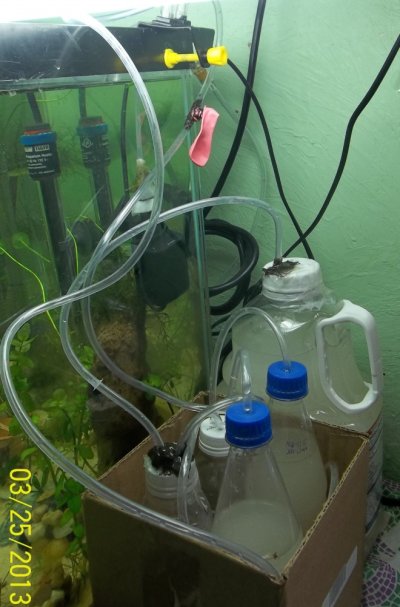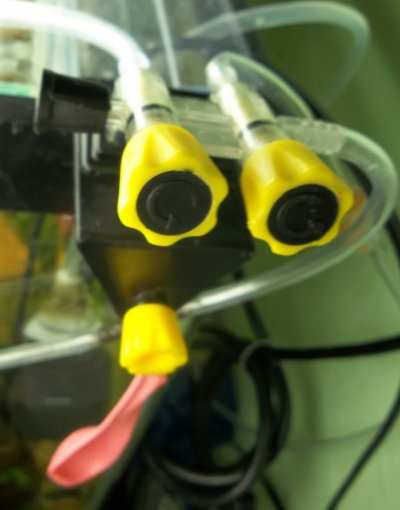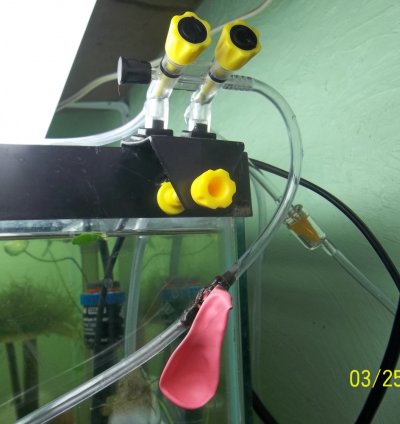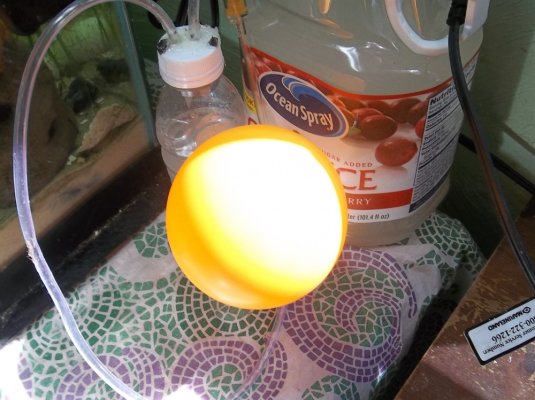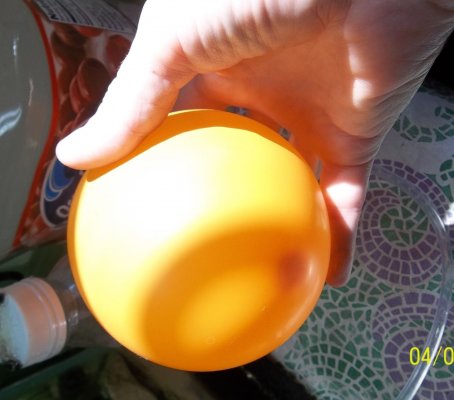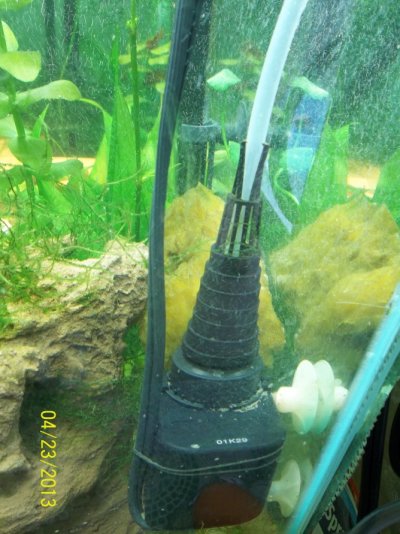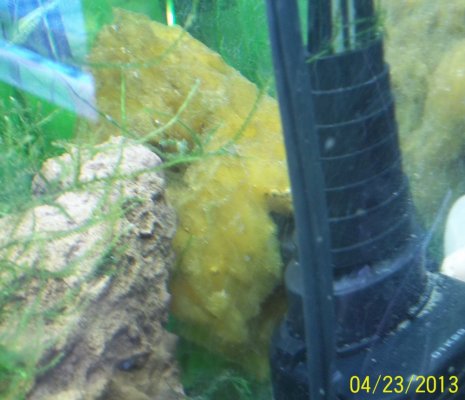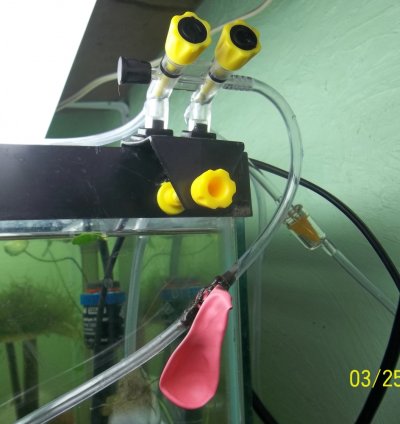wildroseofky
Aquarium Advice Addict
I saw this suggested on the plantedtank.com forum and decided to try it out. The poster didn't give details how they did it so I had to experiment some. You add a shutoff valve to the line before it enters the tank. Right behind the shutoff valve you attach a three way connector. On the third arm of the connector you use a rubber band and attach a balloon. When you shut the valve off at night, the CO2 backs up into the balloon. In the morning you open the shutoff valve and the CO2 feeds back into the diffuser. I have had this set up for 5 days and so far it has worked. I would suggest using a somewhat large balloon and make sure it is pretty thick rubber. I have been using a party balloon but the inflating and deflating weakens the balloon. You will need to change it about every seven days or so. I used a two way gang valve that allows me to adjust how much CO2 feeds into the tank. It allowed me to attach two bottles to the diffuser. Pictures follow.

